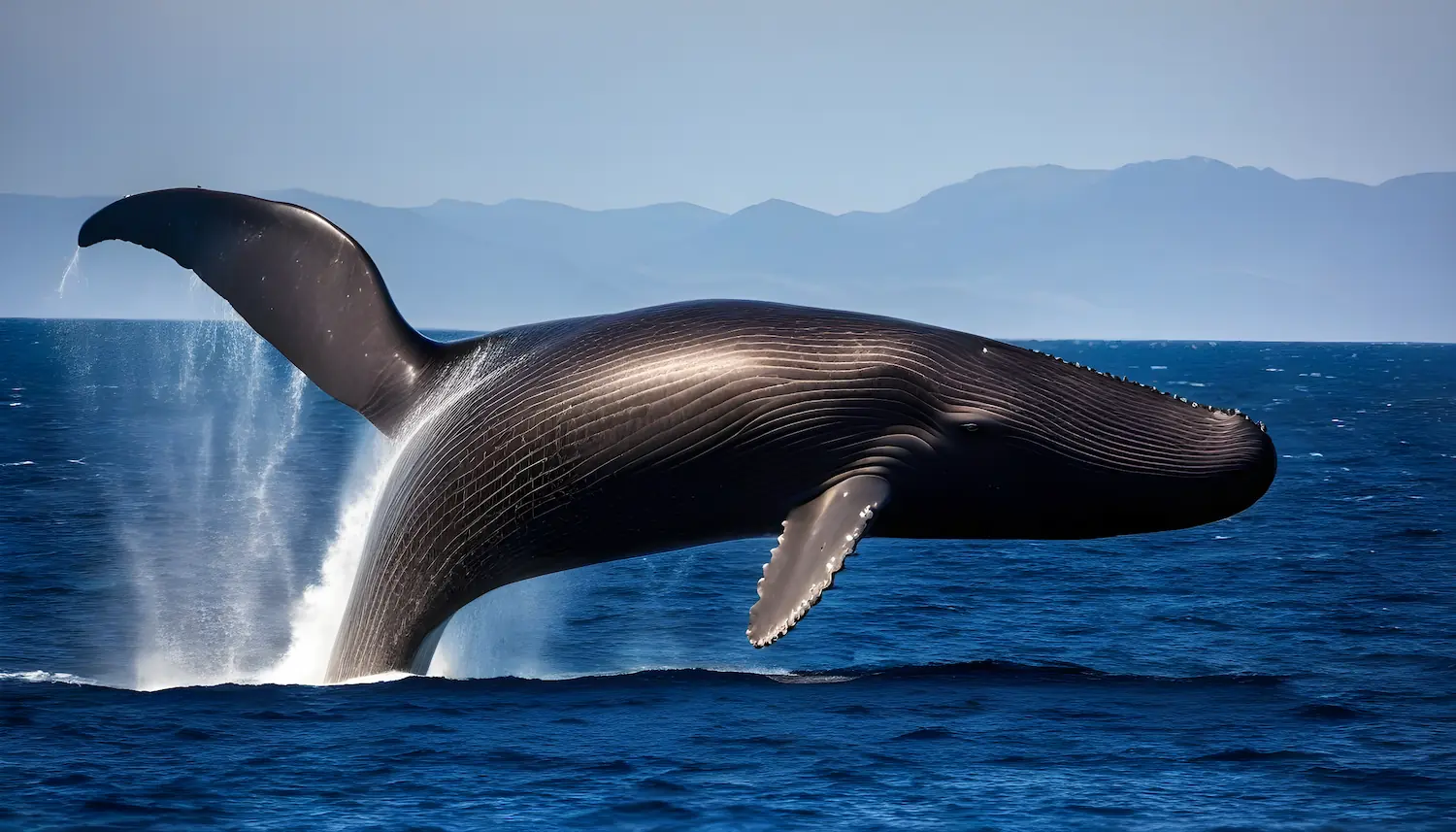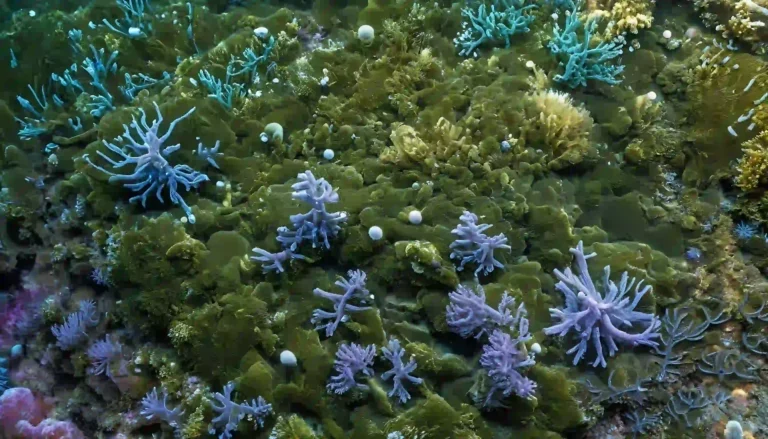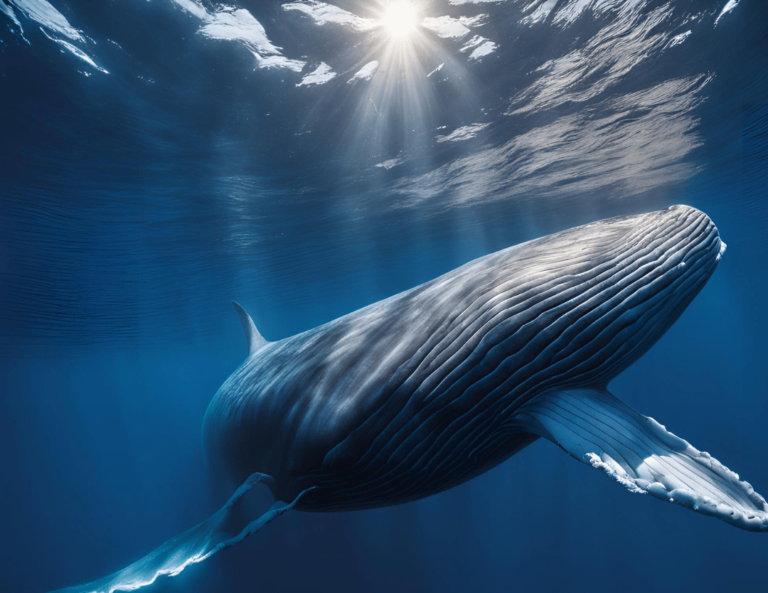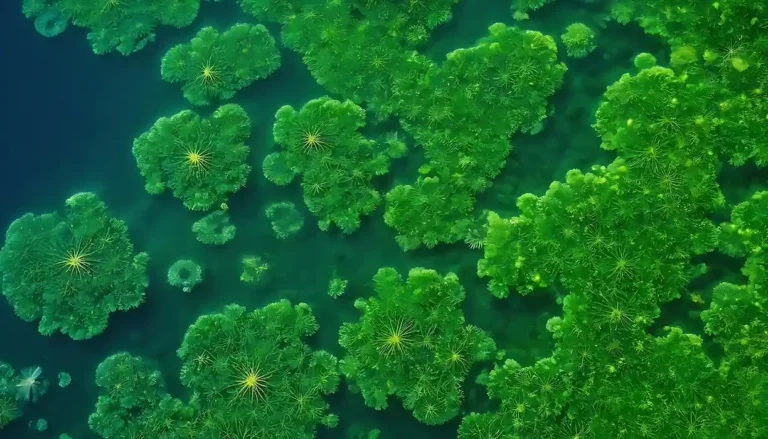Sperm Whale (Physeter macrocephalus)
- Animal Type: Marine mammals
- Habitat: Open waters
- Size:they can grow up to a whopping 60 feet (18.3 m) and weigh 60 tons (54,431 kg)! Ladies: Amazingly, they can reach up to 48 feet (14.6 m) and weigh 27 tons (24,494 kg)!
- Diet: Enjoys squid but also likes to eat bottom-dwelling fish, including sharks.
- Range: Worldwide
- Relatives: Orcas, narwhals, dolphins; Class: Mammalia; Suborder: Odontoceti (toothed whales)
Natural history
The male and female sperm whales exhibit significant differences:
- 🐋 Size Disparity: Males are typically 30 to 50 percent larger than females, with males weighing about twice as much.
- 🦷 Teeth Characteristics: The male’s lower jaw is equipped with 18 to 26 pairs of large cone-shaped teeth, reaching up to 8 inches (20 cm) in length. These teeth are designed for grasping slippery prey like squid rather than cutting. In contrast, the female has smaller and fewer teeth.
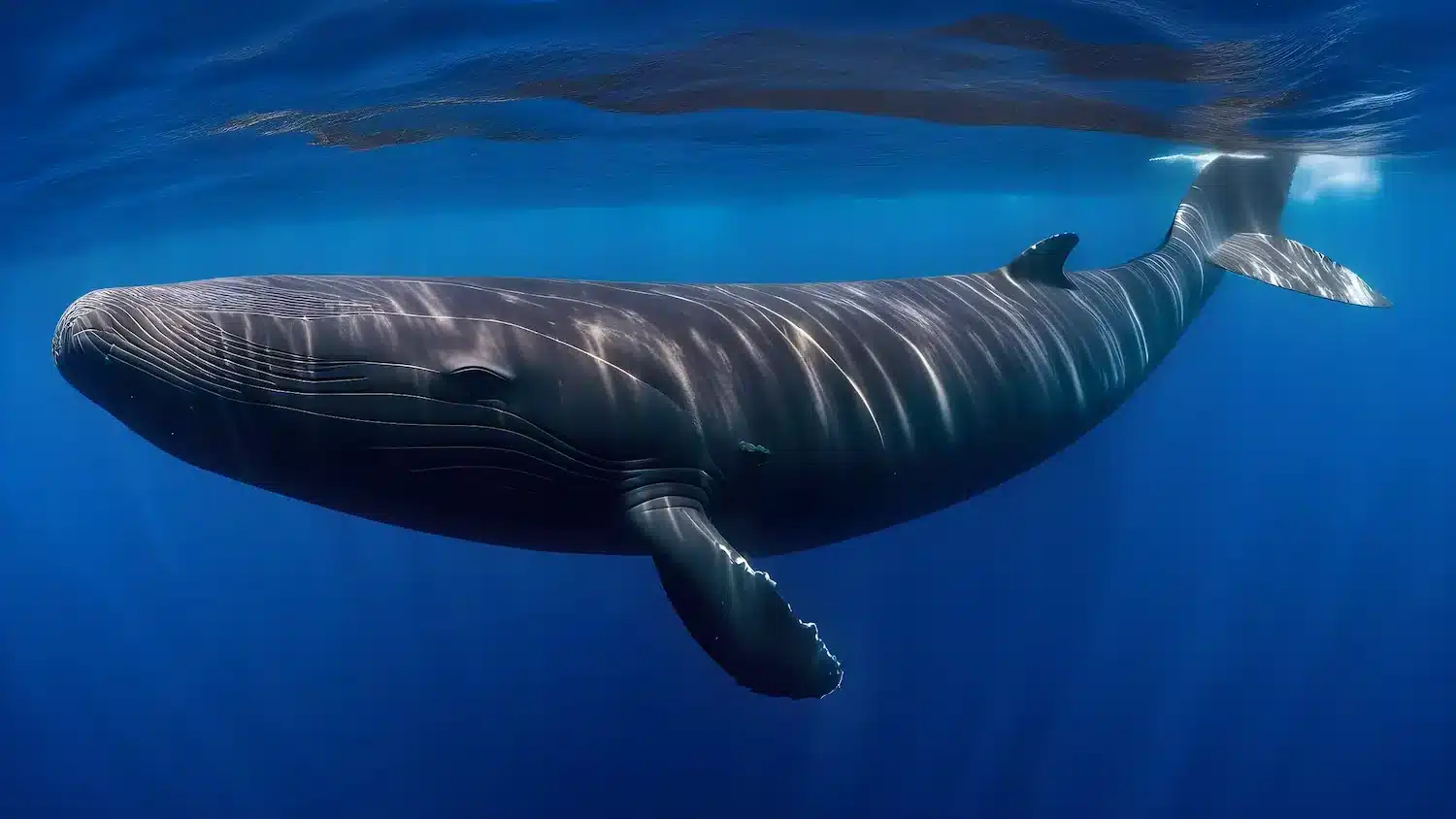
Conservation
- 🐋 Historical Whaling: Whalers targeted sperm whales for spermaceti, a valuable substance used in high-quality candles and lubricants.
- 🌍 Population Estimates: Present population estimates vary widely, with the American Cetacean Society suggesting a global population of around 300,000, down from about 1,100,000 before whaling.
- ⚠️ Conservation Status: Sperm whales face challenges in recovery due to late maturity and few offspring. They are listed on the U.S. Endangered Species List and categorized as “vulnerable” by the International Union for the Conservation of Nature and Natural Resources (IUCN).
- 🚫 Hunting Ban: Hunting of sperm whales is banned nearly worldwide in conservation efforts.
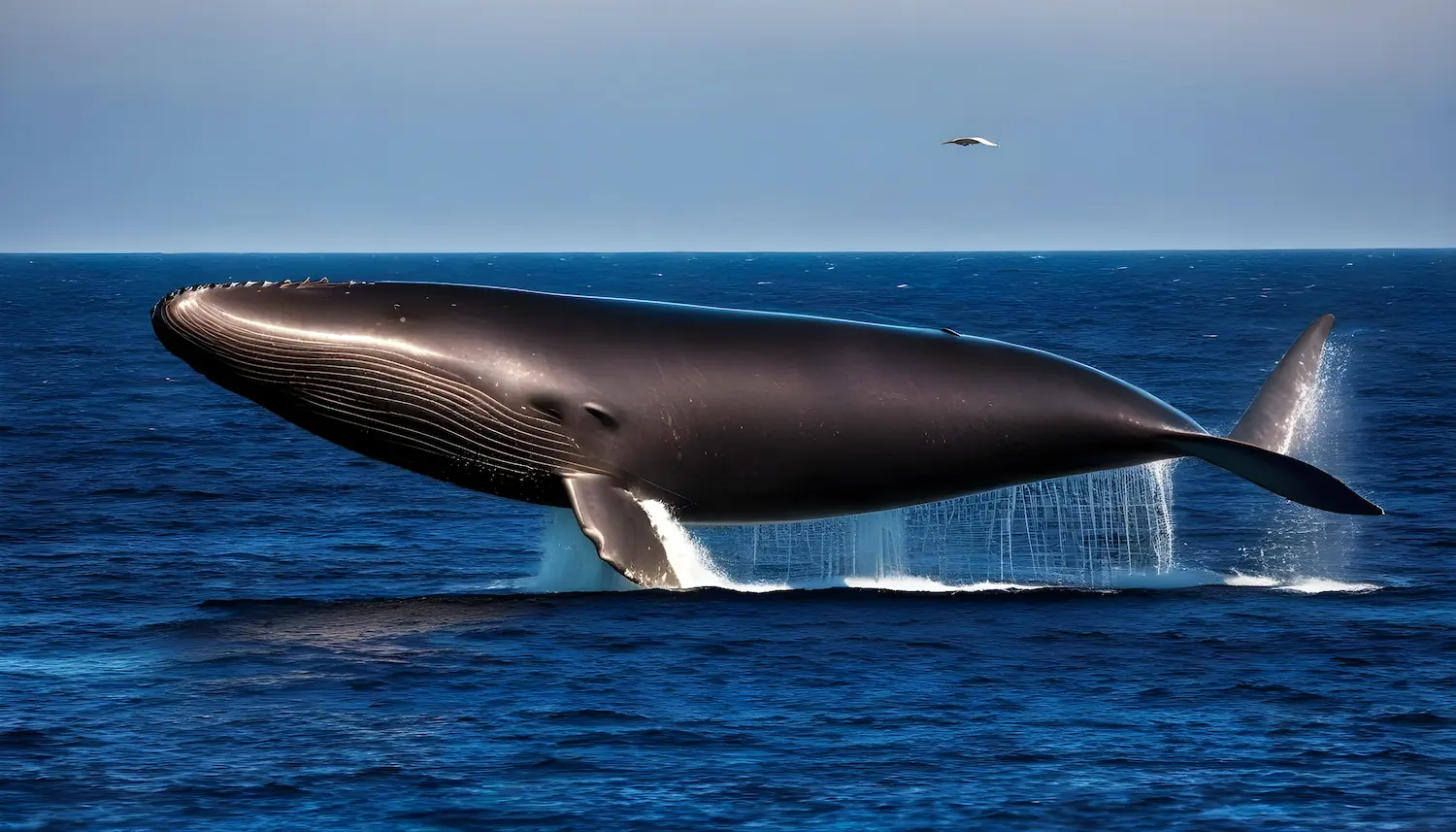
- 🌊 Plastic Pollution Threat: A significant threat to whales is the escalating rate of plastic pollution, as evidenced by a November 2022 study.
- 🐋 Microplastic Ingestion: The study reveals alarming figures, with krill-obligate blue whales potentially ingesting 10 million pieces of microplastic daily, while fish-feeding humpback whales may ingest around 200,000 pieces per day.
- 🚨 Sediment Feeding Risks: Gray whales and some humpback whale populations suction feed in sediment to extract invertebrates. Given that the seafloor is a primary repository for synthetic marine debris, there is considerable risk to these whales while feeding in the substrate.
Plastic pollution in the oceans is a growing concern, as it affects marine life in various ways. Whales can ingest plastic debris, either directly or indirectly through their prey. Ingested plastic can cause physical harm, blockages, and lead to malnutrition or starvation. Additionally, the chemicals associated with plastics can have toxic effects on marine organisms, including whales.
Efforts to address plastic pollution and other anthropogenic pressures on marine environments are crucial for the conservation of whale species and the overall health of marine ecosystems. This involves not only reducing the use of single-use plastics but also implementing policies and practices that promote responsible waste management and protect marine habitats. Public awareness and education are also important components of addressing these environmental challenges.
Cool Facts
- 📖 Cultural Reference: The sperm whale gained fame as the “great white whale” Moby Dick in Herman Melville’s novel of the same name.
- 🦑 Ambergris Production: Scientists link the production of ambergris, a waxy substance, to the sharp beaks of consumed squid lodged in the whale’s intestine. Ambergris is found in the intestines of dead sperm whales or as flotsam on the sea or coast, and it was historically used in perfumes.
- 🐋 Sonar and Echolocation: Sperm whales navigate in the dark ocean depths using sonar or echolocation, focusing sound waves toward objects and prey. The returning echoes provide information about the object’s position, distance, and size.
- 🌊 Diving Abilities: Sperm whales can dive to impressive depths of 8,202 feet (2,500 m) and remain submerged for up to 90 minutes.
- 🤰 Gestation and Nursing: Gestation for sperm whales can extend up to 18 months, and females may nurse their calves for over two years. Some individuals have been found nursing at the remarkable age of 13.

